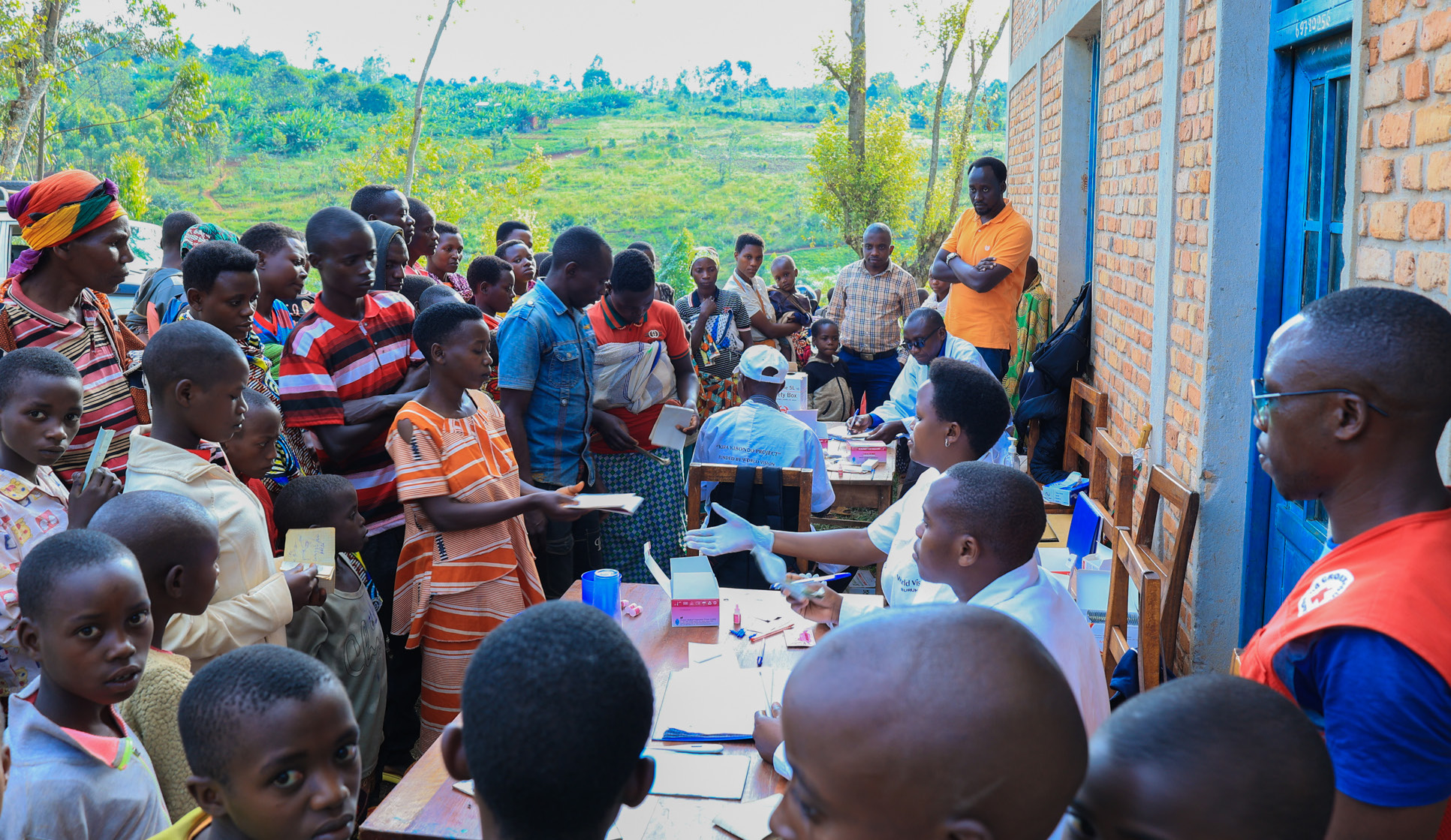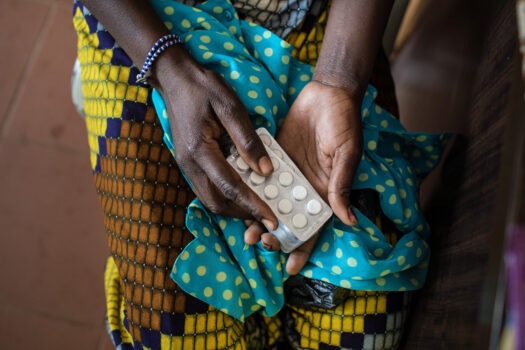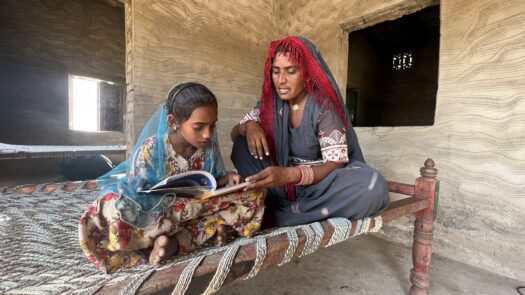More than half of people living in Burundi contract malaria annually—totaling more than 8 million cases—with highest prevalence in the northern and eastern regions. Although malaria deaths are preventable, 7,000 Burundians die from malaria each year. Malaria is a main cause of death among pregnant women and children younger than five.
Pathfinder’s USAID-funded Tubiteho program reduced malaria fatalities in six provinces by partnering with Burundi’s government to mobilize and train community health workers on malaria case management in their communities.
Tubiteho built on a malaria treatment strategy introduced by the government in 2011, called Integrated Community Case Management, which engaged community health workers to test and treat malaria, pneumonia, and diarrhea in children younger than five. Given its success in preventing malaria deaths among children and curbing malaria transmission in communities, Tubiteho expanded this strategy to test and treat adults in four provinces.
Because community health workers were seeing patients soon after they became symptomatic, at their homes and in their communities, they were able to prevent cases from causing severe illness and death. This reduced the number of malaria cases arriving at health facilities and hospitals and freed health resources for addressing other challenges.
In Karusi, Kirundo, Muynga, and Makamba, Tubiteho trained four community health workers per colline (commune) to detect and treat malaria, 2,523 total community health workers. In Bururi and Rumonge, Tubiteho trained two community health workers per colline, 332 total community health workers, to treat children under 5. Training consisted of two parts—a theoretical training followed by an internship in a health facility where community health workers learned to test for malaria, use treatment flow charts, and provide medicines.
Tubiteho: Providing Quality Healthcare in Communities
Coaching community health workers was critical to the success of the program. Tubiteho trained 108 nurses at health facilities to supervise community health workers and engaged health promotion technicians—who supervise community health workers and facilitate their interactions with health facilities—to organize group supervision visits in each colline. Tubiteho collaborated with district health teams to organize joint supervisory visits at health facilities and used What’sApp to connect facility-based supervisors of community health workers, district supervisors in charge of the community health system, district medical staff, and Tubiteho staff. Issues identified through these groups and relevant solutions were brought to provincial coordination meetings.
Even with adequate training and supervision, without sufficient commodities, community health workers cannot effectively treat malaria cases. Tubiteho provided essential equipment to community health workers including scales, timers, registers, treatment flowcharts, and boxes and dishes to dispose of waste and medicine. Tubiteho worked at all levels of the health system to ensure a strong supply chain. This included strengthening the capacity of community health workers on use of commodity requisition sheets and facility-based staff on supply chain management. It also entailed alerting district managers as soon as they were running low on commodities and sending them information on stock-out threats. Tubiteho worked with the national malaria program and the USAID Global Health Supply Chain Program to ensure availability of medicines. Despite concerted efforts, community health workers had trouble obtaining medicines, which affected the impact of the program.
Despite some challenges, the program contributed to increasing the number of malaria cases received by community health workers; reducing the number of malaria cases received in health facilities; increasing the proportion of malaria cases treated within 24 hours of symptoms appearing; and reducing malaria fatalities.
Percentage of cases treated within 24 hours in Tubiteho-supported provinces1
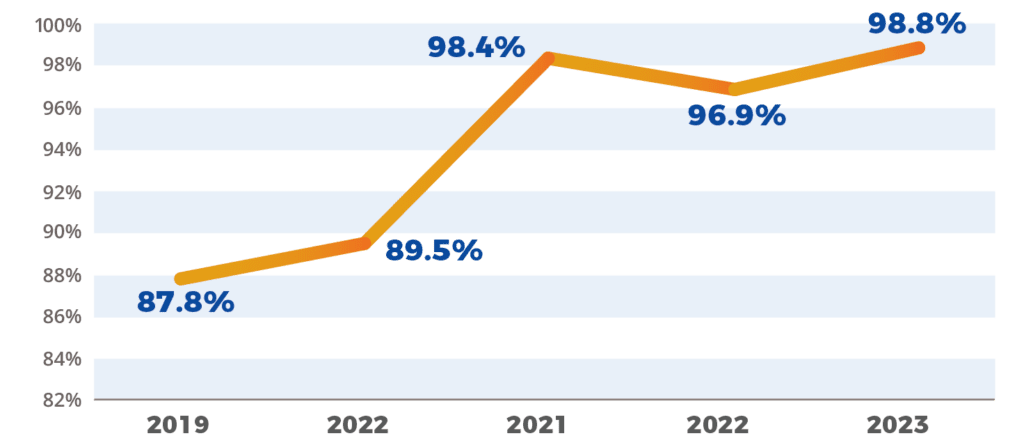
Malaria fatality rate in hospitals across Tubiteho-supported provinces2
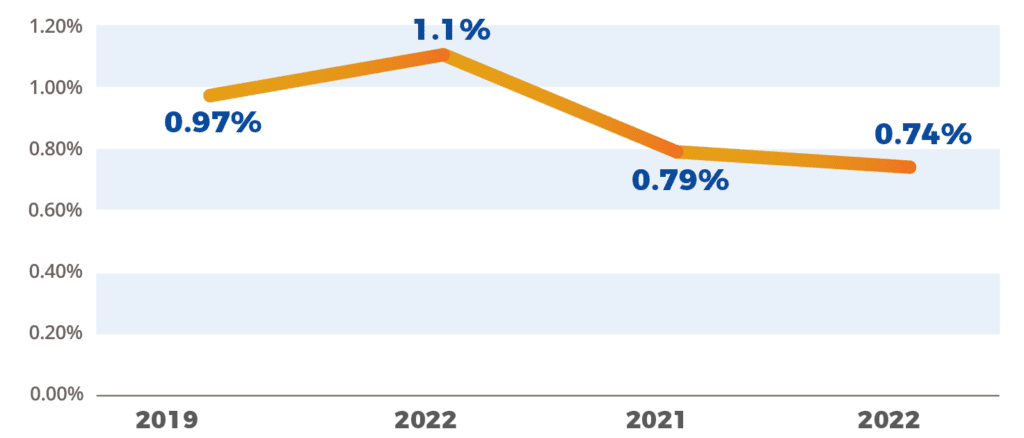
Lessons Learned
Community-based management of malaria must be fully integrated into the health system: Community-based activities must be fully integrated into the health system to ensure community health workers have the medicines and supplies they need, receive adequate training and supervision, and can easily report data. The supply chain for community health commodities must be improved, especially for malaria.
Proper supervision of community health workers is key: As Tubiteho trained community health workers, the project had to make sure that health facility-based staff had the adequate skills and motivation to supervise community health workers as they started seeing malaria cases. The effectiveness of the malaria treatment strategies supported by Tubiteho hinged on the availability of quality supervisory support for community health workers.
Community health workers must be compensated for their time: Without compensation, community health workers will become demotivated, and their impact on health outcomes will be limited. Motivating community health workers by paying them and offering them trainings and other incentives is integral to increasing their impact and saving lives.
Read more about this program >>
Tubiteho is a USAID-funded project implemented by Pathfinder International with PSI, Population Media Center, Communauté des Eglises Pentecôtes du Burundi, and Dushirehamwe. From 2019-2024, Tubiteho has sought to increase access to quality essential health services, increase adoption of positive health behaviors, and strengthen health systems.
[1] Data taken from the national database, DHIS2. Numerator: number of malaria cases treated by CHWs within 24h of symptoms apparition; Denominator: the total number of malaria cases treated by the CHWs.
[2] Data taken from the national database, DHIS2. Malaria fatality rate: the number of malaria deaths per 100 000 population
